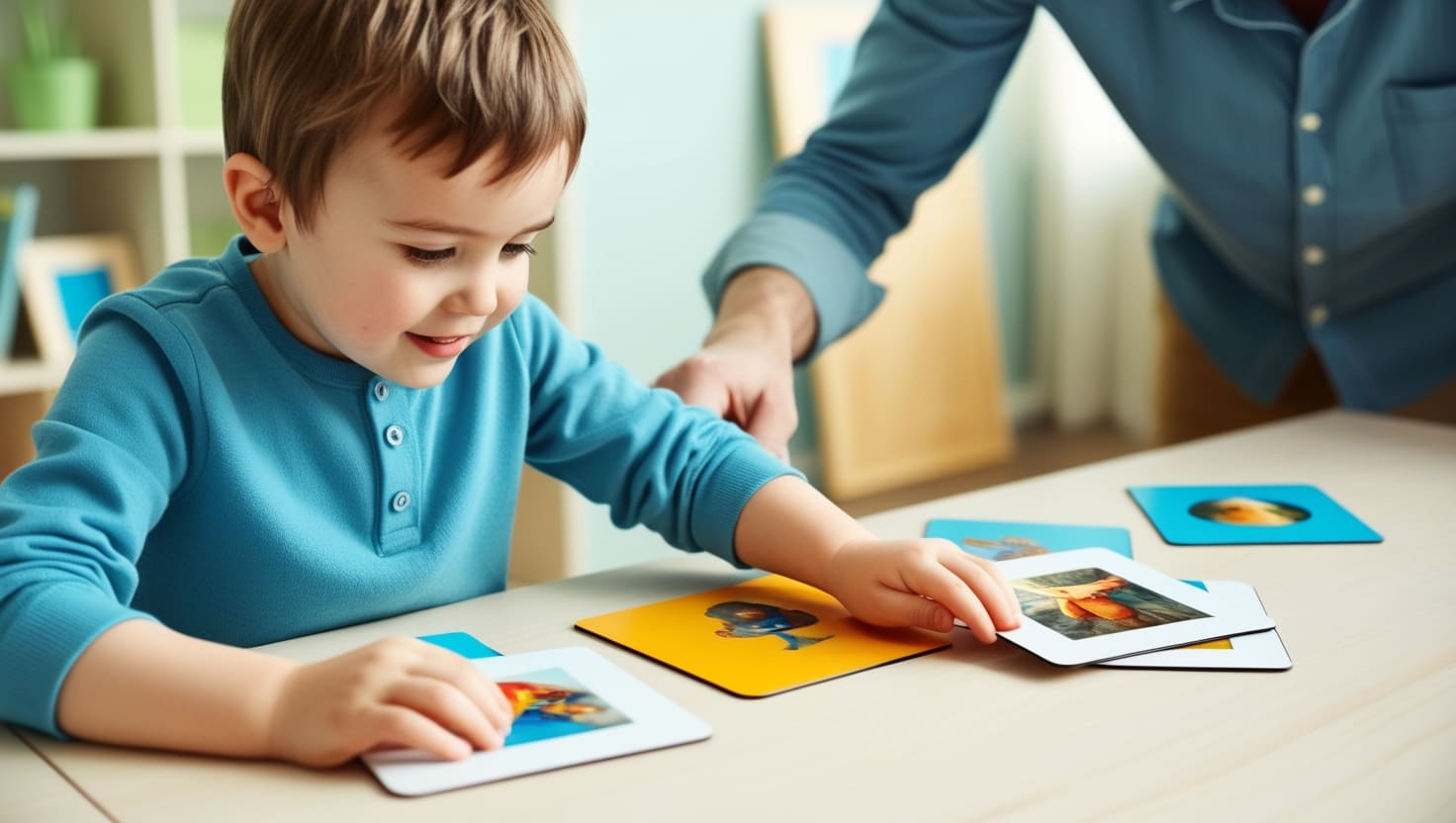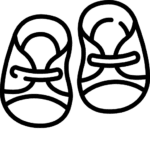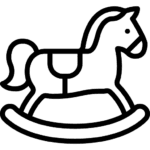Blog
How to Prepare Your Child to Understand Chronological Order

Does your child often struggle with understanding what happened first, next, or last? It’s a common challenge, but one that can be easily overcome with a little guidance. Understanding chronological order—what happens before and after—is a key early skill. It helps your child build strong foundations for storytelling, reading comprehension, daily routines, and even logical thinking.
In this article, we’ll share fun and practical tips to help your child understand time sequences and events in order. By using everyday routines, visual tools, stories, and hands-on activities, your child will begin to grasp the concept of sequencing in a way that’s fun, simple, and meaningful.
Tip 1: Use Daily Routines to Talk About Order
Children learn best when concepts are tied to their daily experiences. By discussing the order of events in their everyday lives, you help your child make real-world connections to the concept of chronological order.
- Describe Daily Activities in Sequence: Start by talking about your daily routine in sequence. For example, say things like, “First, we eat breakfast, then we brush our teeth, and last, we go to school.” Repeating this pattern regularly will help your child internalize the order of activities.
- Use Routine Charts: A great way to reinforce daily sequences is by creating a routine chart. You can make one for morning routines or bedtime routines with pictures of each step. This visual representation helps children understand what comes first, next, and last.
- Ask Questions About Their Day: Encourage your child to think about their day by asking questions like, “What did we do after lunch?” or “What happened before bedtime?” These reflective questions will reinforce the sequence of events in a fun and interactive way.
Incorporating these practices into your daily life helps your child naturally understand how events flow in a specific order.
Tip 2: Practice Story Sequencing
Stories are an excellent tool for teaching chronological order, as they inherently follow a sequence of events. By using simple stories, you can easily illustrate what happens first, next, and last.
- Read Simple Stories: Choose books with clear storylines that involve a beginning, middle, and end. After reading, ask your child to retell the story in their own words, paying attention to the order of events. This practice helps children identify and understand the progression of time.
- Use Story Sequencing Cards: Create or buy story sequencing cards that illustrate a familiar story. Give your child 3-5 cards and ask them to arrange the pictures in the correct order. This hands-on activity reinforces their understanding of how stories flow.
- Draw or Act It Out: Let your child draw pictures of the beginning, middle, and end of a story. Alternatively, act it out using toys, puppets, or even role-playing. This kinesthetic approach will help them connect with the concept of chronological order in a creative way.
Through these fun storytelling activities, your child will begin to understand that events happen in a specific order, and that sequence is key to understanding the whole story.
Tip 3: Talk About Events Using Time Words
Introducing your child to time-related vocabulary is essential for helping them describe and understand sequences. By using specific words to describe the order of events, you reinforce their understanding of chronology.
- Use Words Like ‘First, Then, Last’: In your everyday speech, use words like “first,” “then,” and “last” frequently. For example, you might say, “First we wash our hands, then we eat lunch, and last we play outside.” These time words will soon become familiar and part of your child’s vocabulary.
- Play Sequence Games: Another fun way to reinforce time vocabulary is by playing sequence games. For example, you might ask, “Tell me how we bake a cake—what’s the first step? What comes next?” This will help your child practice the sequencing language while also having fun.
- Use Visual Cue Words: Create simple flashcards with time-related words like “before,” “after,” “next,” “later,” “soon,” and “last,” and pair them with corresponding pictures. Show your child how to connect the words with the actions, such as “before we eat” and “after we play.”
The more you use these words, the more your child will become comfortable with them and understand their role in sequencing events.
Tip 4: Create Sequencing Crafts and Activities
Hands-on, visual activities are great for helping children understand abstract concepts. By engaging in crafts and interactive activities, your child can better understand what it means to put things in a specific order.
- Cut and Paste Activities: Provide your child with pictures or drawings of events (e.g., planting a seed, sprouting, growing a flower) and ask them to arrange the images in the correct order. These tactile activities engage children while helping them think through sequences.
- Timeline of Their Day: Help your child draw pictures of their typical day from morning to bedtime. Have them arrange the pictures in the correct sequence, reinforcing the concept of how their day progresses. You can also make a timeline on paper or a wall to visualize time.
- Use Comics or Photo Strips: Print out photos of your child doing various activities and let them glue the photos in the correct sequence. This personalized activity adds a fun, reflective component to sequencing and helps children understand that their own life follows a specific order.
These hands-on activities make learning chronological order interactive and memorable, helping your child internalize the concept through visual and physical involvement.
Tip 5: Reinforce with Songs and Movement
Adding rhythm, music, and movement to learning can boost memory and make the sequencing process more engaging. Songs and activities that involve movement help children understand time concepts in a playful way.
- Sing Sequence Songs: Use familiar songs to help teach sequence. For example, songs like “This is the Way We Get Ready” or “First the Egg, Then the Chick” are fantastic for illustrating the idea of sequencing. These songs are catchy and easy for children to remember, reinforcing the concept in a fun way.
- Sequence Movement Games: Turn sequencing into a game by playing “Simon Says” or giving your child 2-3 step instructions like “Clap, then jump, then sit.” These movement-based activities help children practice sequences while being physically active.
- Create a Sequence Dance: Have fun by making up simple dance moves in a specific order, and then repeat them. This movement activity allows your child to remember the sequence by physically performing it.
By using movement and songs, your child will enjoy learning about time sequences while also developing their physical coordination.
Helping your child understand chronological order is all about connecting time sequences to their world. By using familiar routines, visual aids, stories, and playful activities, your child will begin to grasp the concepts of what comes first, next, and last with confidence.
Remember to keep the process fun and interactive, use repetition to reinforce concepts, and celebrate every success as your child masters this essential skill. With your guidance, they’ll soon be able to organize time and events like a pro!










